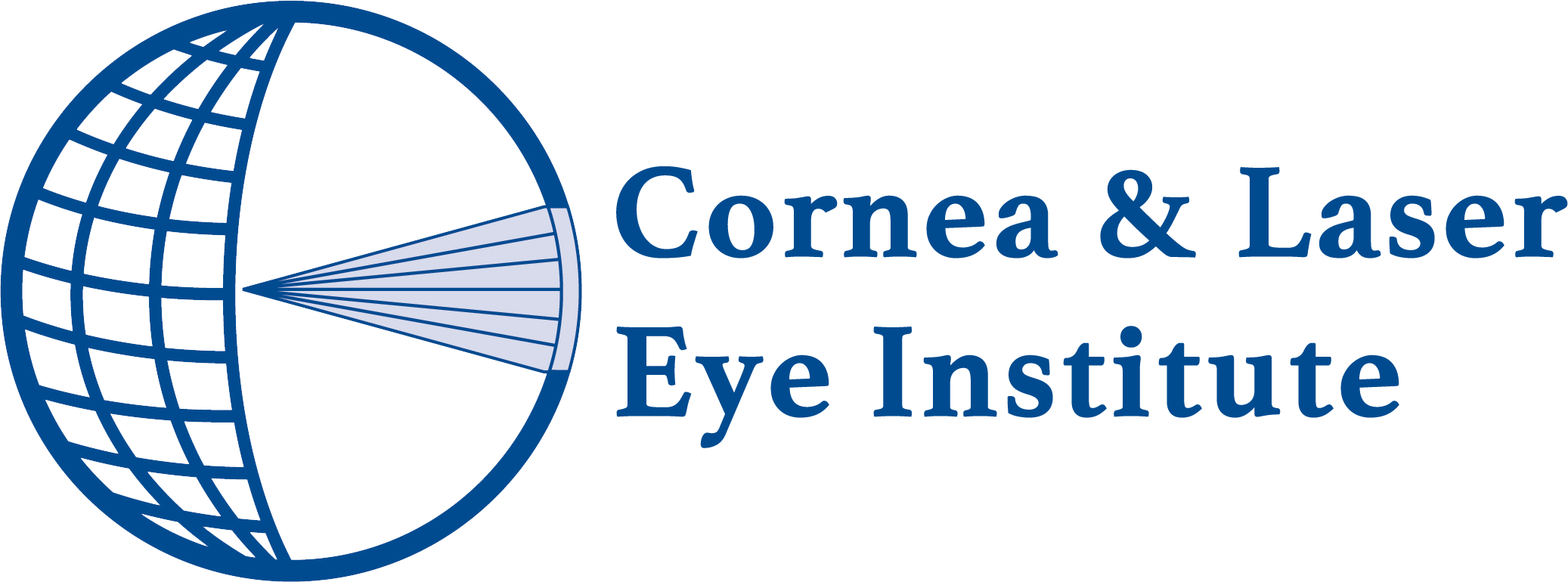
Understanding Corneal Crosslinking: A Brief Overview
Corneal crosslinking (CXL) is a revolutionary treatment designed to halt the progression of keratoconus, a progressive eye condition that causes the cornea to thin and bulge into a cone-like shape. This innovative procedure strengthens the corneal tissue by creating new bonds between collagen fibers, effectively stabilizing the cornea’s shape and preventing further deterioration.
The CXL process involves applying riboflavin (vitamin B2) eye drops to the cornea and then exposing it to controlled ultraviolet (UV) light. This combination triggers a photochemical reaction that forms new crosslinks between collagen fibers, reinforcing the corneal structure. As a result, the cornea becomes more resistant to the forces that cause it to bulge and distort in keratoconus patients.
Understanding the intricacies of corneal crosslinking is crucial for patients considering this treatment option. By familiarizing yourself with the procedure and its recovery timeline, you can better prepare for the journey ahead and set realistic expectations for your vision improvement.
What to Expect During Corneal Crosslinking Surgery
As you prepare for your corneal crosslinking procedure, it’s natural to feel a mix of anticipation and nervousness. Understanding the steps involved can help alleviate some of your concerns and ensure you’re mentally prepared for the experience.
The corneal crosslinking surgery typically follows these steps:
- Preparation: Your eye will be cleaned and numbed with anesthetic eye drops to ensure your comfort throughout the procedure.
- Epithelium removal: In most cases, the outer layer of the cornea (epithelium) is gently removed to allow better penetration of the riboflavin solution.
- Riboflavin application: Vitamin B2 (riboflavin) eye drops are applied to the cornea at regular intervals for about 30 minutes.
- UV light exposure: Your eye is then exposed to controlled UV-A light for approximately 30 minutes.
- Protective lens placement: A bandage contact lens is often placed on your eye to promote comfort and healing.
The entire procedure usually takes about one hour to complete. You’ll be awake during the surgery, but the anesthetic drops will ensure you don’t feel any pain. Your surgeon will guide you through each step, asking you to focus on a light or target to keep your eye in the correct position.
It’s important to note that while the procedure itself is relatively quick, you’ll need to arrange for someone to drive you home afterward, as your vision will be blurry immediately following the treatment.
Immediate Post-Surgery Care: The First 24 Hours
The initial 24 hours after your corneal crosslinking procedure are crucial for setting the stage for a smooth recovery. During this time, you’ll likely experience discomfort and vision changes, but proper care can help minimize these effects and promote healing.
Immediately after the surgery, you may notice:
- Eye pain, soreness, and a gritty sensation
- Sensitivity to light
- Blurry or hazy vision
- Tearing or a feeling of something in your eye
To manage these symptoms and protect your eye, follow these post-operative care instructions:
- Use prescribed medications: Apply antibiotic and anti-inflammatory eye drops as directed by your surgeon.
- Rest your eyes: Avoid reading, watching TV, or using digital devices for the first day to reduce eye strain.
- Manage discomfort: Take over-the-counter and prescribed pain relievers as recommended by your doctor if needed.
- Avoid rubbing your eyes: This can disrupt the healing process and potentially damage the treated cornea.
Remember, it’s normal to experience fluctuations in your vision and some discomfort during this initial period. However, if you experience severe pain, sudden vision loss, or any unusual symptoms, contact your eye care provider immediately.
The First Few Weeks After Corneal Crosslinking: Managing Discomfort and Vision Changes
During the first few weeks of recovery from your corneal crosslinking procedure, you’ll likely notice gradual improvements in comfort and vision. However, it’s important to remain patient and diligent in your post-operative care routine.
During this time period, you can expect:
- Decreasing eye pain, discomfort, and light sensitivity
- Clearing vision, though it may at times remain blurry or fluctuate, especially early on
To support your healing process, follow these guidelines:
- Continue medication regimen: Use all prescribed eye drops and oral medications as directed by your surgeon.
- Attend follow-up appointments: Your first post-operative check-up will typically be scheduled one day after treatments and your bandage contact lens will be removed within 3-5 days after the procedure.
- Protect your eyes: Wear sunglasses when outdoors and avoid dusty or smoky environments.
- Gradually resume activities: You may be able to return to work or school after a few days, but avoid strenuous activities or sports.
- Maintain hygiene: Keep your eye area clean, but avoid getting water directly in your eyes when showering or washing your face.
It’s crucial to be aware that your vision may fluctuate during this period. Some days it might seem clearer, while on others, it may be more blurry. This is a normal part of the healing process and should stabilize over time.
Months 1-3: Long-Term Healing and Vision Stabilization
As you enter the 1-3 month period after your corneal crosslinking procedure, you’ll be transitioning into the long-term healing phase. During this time, your cornea continues to strengthen and stabilize, and you’ll likely notice more consistent improvements in your vision.
Key developments during this period include:
- Stabilization of vision fluctuations
- Reduced dependence on lubricating eye drops
- Potential improvements in corneal shape and overall vision quality
Your recovery journey at this stage will involve:
- Continued follow-up care: Regular check-ups with your eye care provider will help track your progress and address any lingering issues.
- Corneal mapping: Topography scans may be performed to assess changes in your corneal shape.
- Vision correction reassessment: Your doctor may evaluate whether your current vision correction (glasses or contact lenses) needs adjustment.
- Discussion of outcomes: Your surgeon will review the results of the procedure and discuss any additional treatments if necessary.
To support your ongoing recovery:
- Maintain a healthy lifestyle, including a balanced diet and regular exercise, to promote overall eye health
- Continue to protect your eyes from UV exposure
- Be patient with your vision improvement, as full stabilization can take up to a year
- Communicate any concerns or unexpected changes to your eye care provider promptly
It’s important to note that while many patients see significant improvements by this stage, the full effects of corneal crosslinking may not be fully realized until 6-12 months post-procedure. Stay committed to your follow-up care to ensure the best possible outcome.
6 Months and Beyond: Assessing the Success of Your Corneal Crosslinking
As you reach the 6-month mark and beyond in your corneal crosslinking journey, you’ll be entering the final stages of recovery. This period is crucial for evaluating the long-term success of your procedure and determining any additional steps needed to manage your keratoconus.
At this stage, you can expect:
- Stabilization of your corneal shape
- Clearer, more consistent vision
- Reduced progression of keratoconus
Your eye care provider will conduct a comprehensive assessment, which may include:
- Corneal topography: To measure changes in your cornea’s shape and thickness
- Visual acuity tests: To evaluate improvements in your vision
- Refraction assessment: To determine if your prescription has changed
- Biomicroscopic examination: To check the overall health of your eye
Based on these evaluations, your doctor will discuss the outcomes of your corneal crosslinking procedure. They may:
- Confirm the stabilization of your keratoconus
- Suggest updates to your vision correction (glasses or contact lenses)
- Recommend additional treatments if necessary
To maintain the benefits of your corneal crosslinking:
- Continue eye exams, usually every six months, to monitor your corneal health
- Protect your eyes from UV radiation by wearing sunglasses
- Follow a healthy lifestyle to support overall eye health
- Be vigilant about any changes in your vision and report them to your doctor
Remember, while corneal crosslinking is highly effective in halting keratoconus progression for most patients, a small percentage may require additional crosslinking treatments. Your ongoing partnership with your eye care team is essential for long-term success in managing your condition.
Potential Side Effects and Complications During Recovery
While corneal crosslinking is generally safe and effective, it’s important to be aware of potential side effects and complications that may arise during your recovery period. Being informed helps you recognize normal healing processes and identify any issues that may require medical attention.
Common side effects that typically resolve on their own include:
- Eye discomfort or mild pain
- Light sensitivity
- Watery eyes
- Blurred or hazy vision
Less common complications that may require intervention:
- Corneal haze: A clouding of the cornea that usually clears up within 9-12 months
- Delayed epithelial healing: The surface layer of the cornea may take longer than expected to heal
- Corneal infection: Though rare, this can occur if proper post-operative care isn’t followed
- Corneal scarring: In very rare cases, scarring may affect vision
To minimize the risk of complications:
- Follow all post-operative instructions meticulously
- Use prescribed medications as directed
- Attend all follow-up appointments
- Avoid rubbing your eyes or exposing them to contaminants
- Wear protective eyewear as advised by your doctor
If you experience any of the following symptoms, contact your eye care provider immediately:
- Severe pain that doesn’t respond to pain relievers
- Sudden decrease in vision
- Increasing redness or discharge from the eye
- Fever or chills
Remember, while these potential complications may sound concerning, they are relatively rare when the procedure is performed by an experienced surgeon and proper post-operative care is followed.
Conclusion: The Long-Term Benefits of Corneal Crosslinking for Keratoconus
As you near the end of your corneal crosslinking recovery journey, it’s important to reflect on the long-term benefits this procedure offers for managing keratoconus. While the recovery process may have had its challenges, the potential improvements in your corneal health and vision stability make it a worthwhile investment in your eye care.
The primary long-term benefits of corneal crosslinking include:
- Halting keratoconus progression: By strengthening the corneal structure, CXL can effectively stop or significantly slow the progression of keratoconus, preserving your vision for years to come.
- Avoiding corneal transplants: For many patients, successful corneal crosslinking can eliminate or delay the need for more invasive corneal transplant surgery.
- Improved quality of life: Stabilizing your vision can lead to better overall quality of life, reducing the anxiety and limitations often associated with progressive vision loss.
- Enhanced contact lens tolerance: As your cornea becomes more stable, you may find it easier to wear contact lenses comfortably, providing better vision correction options.
- Potential vision improvement: While not the primary goal, some patients experience improved visual acuity as their cornea stabilizes over time.
- Long-lasting effects: Studies have shown that the effects of corneal crosslinking can last for many years, providing long-term protection against keratoconus progression.
As you move forward, remember that ongoing eye care remains crucial. Regular check-ups with your eye care provider will help monitor the long-term success of your treatment and address any changes in your vision or corneal health promptly.
If you’re considering corneal crosslinking for keratoconus or have recently undergone the procedure, we encourage you to schedule a consultation with our experienced eye care team. We’re here to support you throughout your journey, from initial assessment to long-term follow-up care. Take the next step in preserving your vision and managing your keratoconus effectively. Contact us today to learn more about how corneal crosslinking can benefit you.



